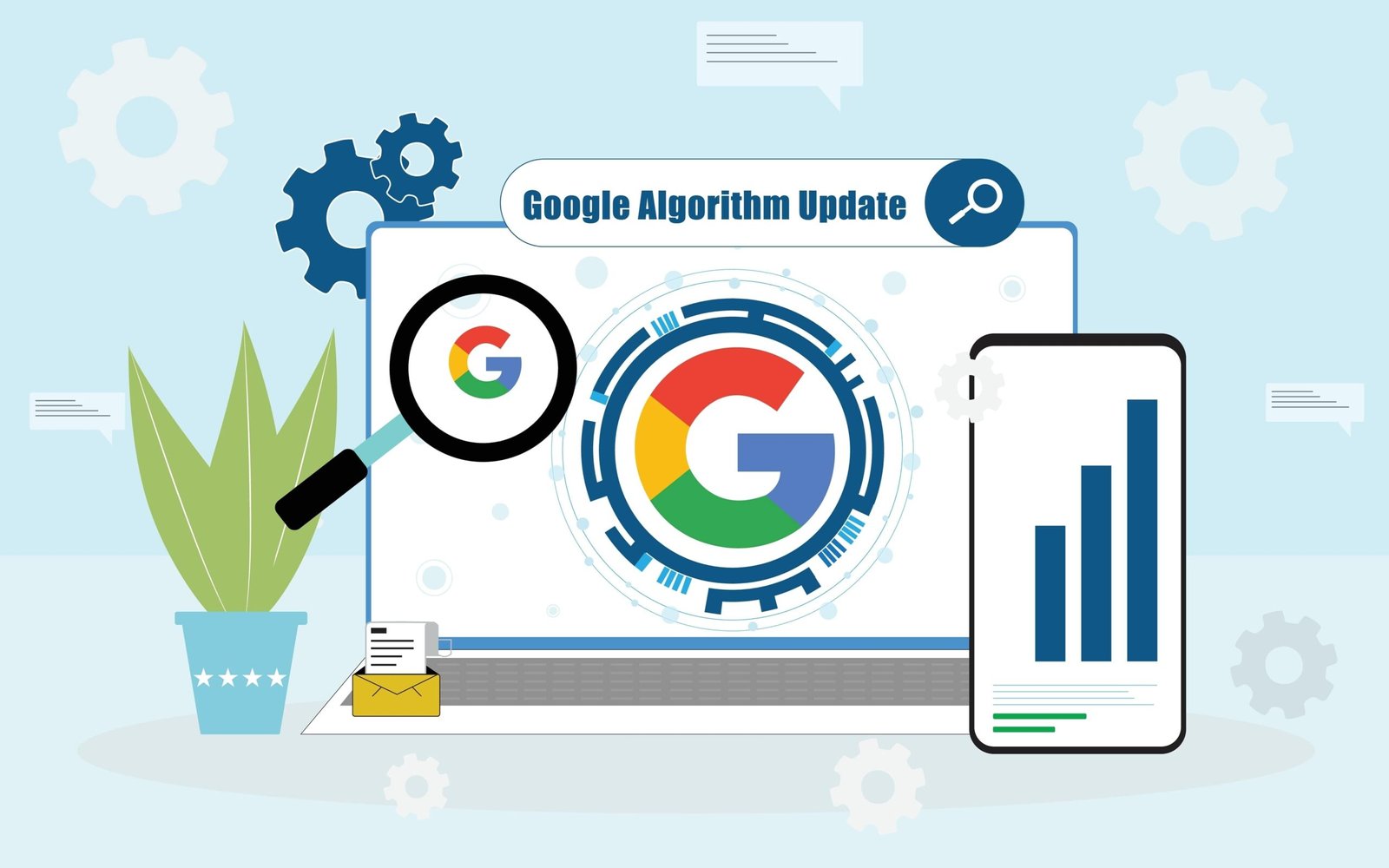Digital Marketing Company Agency in London
In today's highly competitive digital landscape, businesses must continually optimize their SEO strategies to achieve the best return on investment (ROI) and maintain a competitive edge. With the right approach, businesses can significantly improve the ROI of their SEO efforts, driving more organic traffic, leads, and sales. This article will explore five ways businesses can drastically improve the ROI of their SEO strategy, providing actionable tips and best practices to maximize their investment in search engine optimization.
Conduct In-Depth Keyword Research and Analysis
The foundation of any successful SEO strategy lies in thorough keyword research and analysis. Identifying the right keywords to target is crucial for driving relevant, high-quality organic traffic to your website.
- Use Keyword Research Tools: Employing keyword research tools such as Google's Keyword Planner, Ahrefs, and SEMrush to discover keyword opportunities. This is to also gain insights into search volume, competition, and user intent.
- Focus on Long-Tail Keywords: Long-tail keywords are longer, focused search phrases with lower search volume but higher conversion rates. Targeting long-tail keywords can result in higher ROI, as they often have less competition and attract more qualified leads.
- Analyze Competitor Keywords: Examine your competitors' websites and content to identify the keywords they are targeting. This can help you discover new keyword opportunities and refine your SEO strategy to outrank your competitors.
- Monitor Keyword Performance: Regularly track and analyse the performance of your targeted keywords, such as rankings, search volume, and click-through rates. Use this data to make data-driven decisions and optimize your SEO strategy for maximum ROI.
Create High-Quality, User-Centric Content
Creating high-quality, user-centric content is a critical component of any successful SEO strategy. By focusing on providing value to your target audience, you can improve user engagement, increase organic traffic, and ultimately boost the ROI of your SEO efforts.
- Understand User Intent: Identify the intent behind the keywords you are targeting and create content that addresses the specific needs, questions, and pain points of your audience.
- Optimize Content for Readability: Ensure your content is easy to read and understand by using clear, concise language, short paragraphs, and descriptive headings.
- Incorporate Multimedia Elements: Enhance your content with multimedia elements, such as images, videos, and infographics, to improve user engagement and provide a more enjoyable user experience.
- Update and Refresh Existing Content: Regularly review and update your existing content to ensure it remains relevant, accurate, and up-to-date. This can help improve your search engine rankings and increase the ROI of your SEO efforts.
Implement On-Page and Technical SEO Best Practices
Optimizing your website's on-page and technical elements is crucial for improving its visibility in search engine results, driving more organic traffic, and increasing the ROI of your SEO strategy.
- Optimize Title Tags and Meta Descriptions: Ensure your title tags and meta descriptions are unique, relevant, and optimized for your targeted keywords. This can help improve your click-through rates and drive more qualified traffic to your website.
- Use Header Tags Strategically: Organize your content using header tags (H1, H2, H3, etc.) to improve readability and provide a clear structure for search engines to crawl and index.
- Improve Website Speed: Optimize your website's speed by compressing images, enabling browser caching, and reducing server response time. A faster website can improve user experience, reduce bounce rates, and improve search engine rankings.
- Ensure Mobile-Friendliness: With the increasing use of mobile devices for internet browsing, it's crucial to ensure your website is mobile-friendly and provides a seamless user experience across all devices. Use responsive design, optimize navigation, and implement mobile-friendly features to improve user engagement and boost your search engine rankings.
- Address Technical SEO Issues: Regularly audit your website for technical SEO issues, such as broken links, duplicate content, and crawl errors. Addressing these issues can improve your website's search engine visibility and overall performance.
Develop a Robust Link Building Strategy
High-quality backlinks are a critical ranking factor in search engine algorithms, making link-building an essential component of any successful SEO strategy. By developing a robust link-building strategy, businesses can improve their domain authority, increase organic traffic, and boost the ROI of their SEO efforts.
- Create Link-Worthy Content: Develop valuable, shareable content that naturally attracts backlinks from authoritative websites within your industry. This may include in-depth guides, case studies, original research, and informative infographics.
- Utilize Guest Posting Opportunities: Identify relevant websites within your industry that accept guest posts and pitch your unique content ideas. Guest posting can help you establish relationships with industry influencers, gain exposure, and acquire high-quality backlinks.
- Leverage social media and Content Promotion: Promote your content on social media platforms, industry forums, and other online communities to increase its visibility and attract backlinks from other websites.
- Monitor and Analyze Your Backlink Profile: Regularly monitor and analyze your backlink profile using tools like Ahrefs or SEMrush to track the growth and quality of your backlinks. Use this data to inform your link-building strategy and ensure you are acquiring high-quality, relevant links that contribute to your SEO success.
Measure, Analyze, and Optimize Your SEO Performance
To maximize the ROI of your SEO strategy, it's essential to regularly measure, analyze, and optimize your performance based on data-driven insights.
- Set Key Performance Indicators (KPIs): Establish KPIs that align with your business goals, such as organic traffic, keyword rankings, bounce rates, and conversion rates, to measure the success of your SEO efforts.
- Utilize Analytics Tools: Leverage analytics tools like Google Analytics and Google Search Console to collect and analyze data on your website's performance, user behaviour, and SEO results.
- Conduct Regular SEO Audits: Perform regular SEO audits to identify areas of improvement, address technical issues, and ensure your website complies with the latest search engine best practices.
- Test and Iterate: Continuously test and refine your SEO strategies based on data-driven insights and industry trends. This iterative approach allows you to optimize your efforts and achieve the best possible ROI.
By implementing these five strategies by an SEO agency such as Digitalinear, businesses can drastically improve the ROI of their SEO efforts, driving more organic traffic, leads, and sales. A successful SEO strategy requires a well-rounded approach, including in-depth keyword research, high-quality content creation, on-page and technical optimization, link building, and ongoing performance analysis and optimization. By focusing on these critical areas and adopting a data-driven, iterative approach, businesses can maximize their investment in SEO and achieve sustainable, long-term growth in an increasingly competitive digital landscape.





